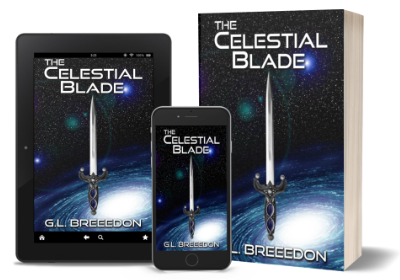Before I started writing The Dragon Star (which at the time I referred to as The Pilgrim Star) I had decided that I didn’t want it to be a typical fantasy novel, and in particular that I didn’t want it to have, as so many fantasy novels do, a glossary at the end of the book. Sometimes a glossary is helpful in clarifying a term or an idea in a fantasy novel, but usually I prefer when things are explained in the context of the story. I don’t really want to have to go flipping to the rear of the book and looking up a word or a phrase in hopes of making sense of the scene I am reading. It takes me out of the story rather than deepening my experience of it.
So, when I was writing the novel I tied to be conscious of introducing concepts and ideas in a way that didn’t require a glossary entry but that also didn’t sound like an info dump. I think it worked most of the time. However, once I finished the novel I started considering adding interstitial material. I’ve always been fascinated with tangential interstitial material in novels. I think my first encounter with something like that was in A Matter for Men by David Gerrold. But I noted that while I usually read all the inertial material, for instance in a novel like The Way of the Kings by Brandon Sanderson, I also tend to do so after I’ve finished reading novel itself. I find that the while I’m reading the story, I don’t want to jump away from it unless the interstitial text is related to what’s happening in the chapter that follows. I used interstitial material in my YA sci-fi novel The Celestial Blade and I found it hard to always have the quoted text relate to the story that was coming in the following chapter without revealing more about what was going to happen than I wanted.
As I proceeded with editing and thought more about potential interstitial material that I might want to create, I started to rethink my aversion to a glossary. Around that time I was reading a great book called A Medieval Miscellany. It’s a marvelous collection of poems, stories, quotes, and illustrations from the Middle Ages. Looking through it, I realized what I really wanted to do was create a miscellany for the world of Onaia. And then it dawned on me that I could hyperlink words in the text of the ebook to the entries of this Miscellany of Fragments and Artefacts and it could function as a glossary of sorts, the cultural excerpts expanding in unique ways the ideas that are referred to the main story.
But I didn’t want these excerpts of Onaia culture to be dry or academic in nature. I wanted them to expand the story by telling stories. To that end I tried to fashion each entry of the Miscellany as its own mini-story with a central character and a beginning, middle, and end. In most cases I was able to do that, and I’ve been very pleased with the result. I think the hyperlinking to the Miscellany allows readers to explore the world of Onaia and the seven primary story arenas in a way that doesn’t necessarily interrupt the flow the storytelling while giving greater insight and depth the immediate story being told. In some instances the entries in the Miscellany inform the story and give greater background to the characters of the chapter that it is linked from.
My plan is to expand on the Miscellany and have a new set of entries for each volume in the series. It’s a lot of extra work, but it’s enjoyable to write, but hopefully readers will find the Miscellany of Fragments and Artefacts both useful and engaging.
If you are interested, you can read a few of the entries on the Miscellany of Fragments and Artefacts Page.


